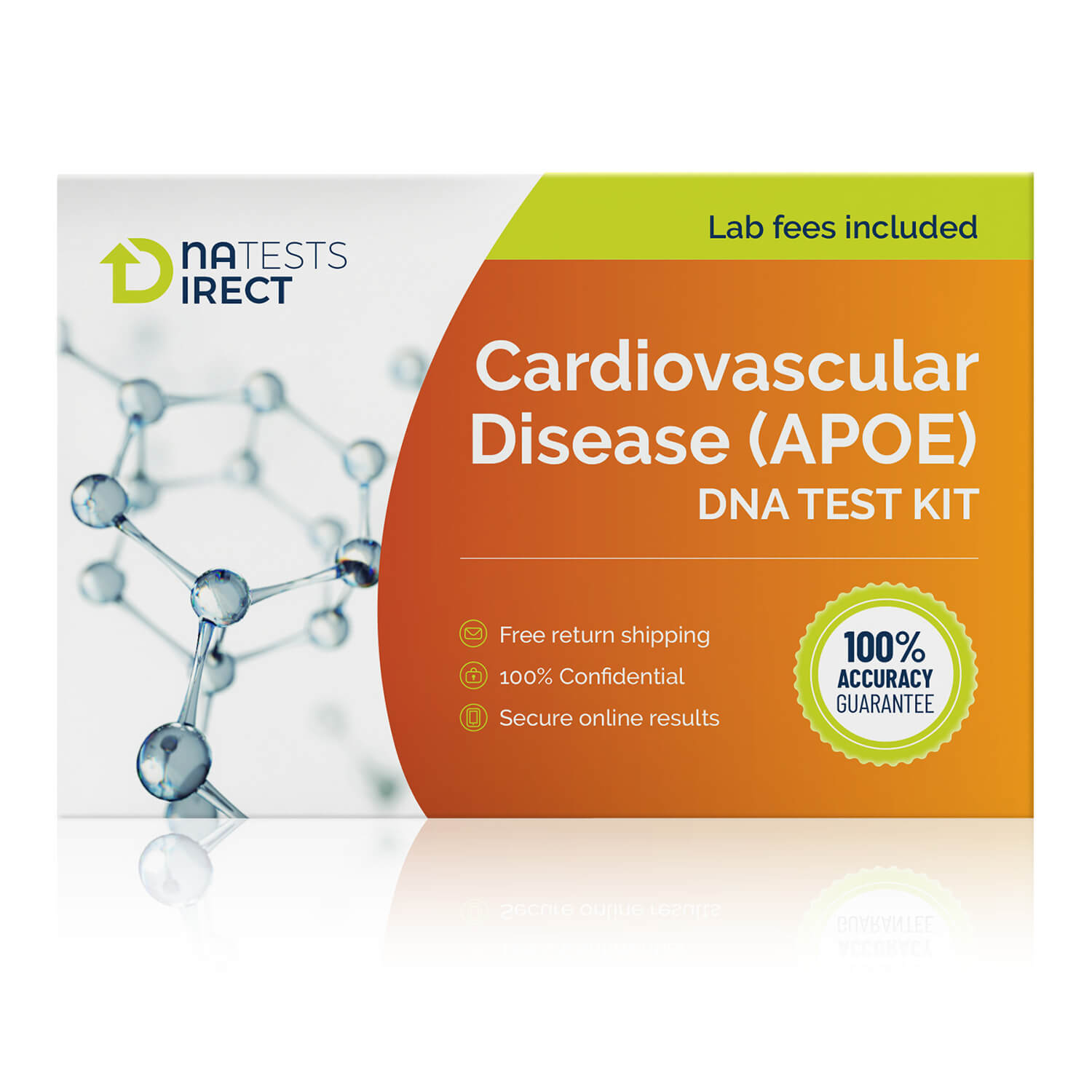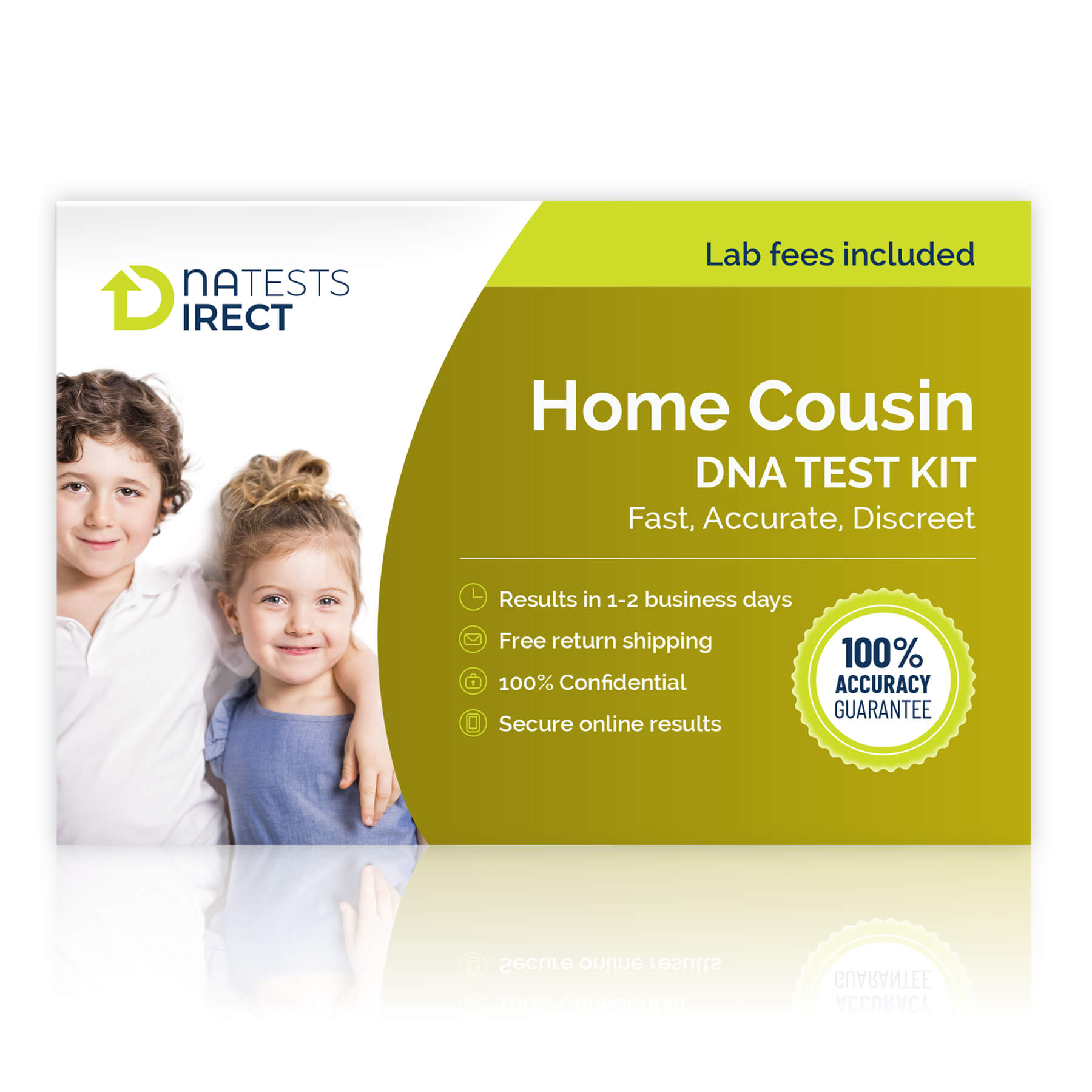 DNA Osteoporosis Test
DNA Osteoporosis TestDNA Osteoporosis Test
$195
Could you be more susceptible to osteoporosis?
Discover your genetic risk for osteoporosis with our at-home DNA Osteoporosis Risk Test. By analyzing key genes involved in bone metabolism, vitamin D activity, and collagen production, our test provides invaluable insights to help you make informed decisions about your bone health journey.
- Online Results: Receive confidential results through a secure online portal, ensuring your privacy and peace of mind at every step.
- Painless Sampling: Collect your DNA samples with easy-to-use mouth swabs – no blood or needles required.
How It Works

Order

Send

Receive your results

Results
Understanding Bone Health
Strong, healthy bones are essential for support, protection, and overall well-being. Throughout our lives, bones undergo continuous remodeling – old tissue breaks down (resorption) while new bone forms (ossification).
During childhood, adolescence, and early adulthood, new bone production outpaces resorption, allowing peak bone mass around age 30. However, as we age, this balance shifts, and resorption exceeds new bone formation, leading to gradual bone loss.
In many elderly individuals, excessive bone loss results in osteoporosis – a condition of thin, porous, brittle bones with increased fracture risk. Osteoporosis significantly impacts quality of life and healthcare costs, particularly among postmenopausal women experiencing accelerated bone loss due to decreased estrogen.
Osteoarthritis: Another Common Concern
Another prevalent bone and joint issue affecting the elderly is osteoarthritis – the most common form of arthritis. It occurs when protective cartilage within joints wears down, leading to joint pain, stiffness, and inflammation. This condition can severely impair mobility and independence, further highlighting the importance of maintaining bone and joint health throughout life.
Factors Influencing Bone Health
Several modifiable and non-modifiable factors contribute to bone health, including gender, hormone levels, ethnicity, physical activity, medications, nutrient intake, and genetics.
Weight-bearing exercises strengthen bones, while a sedentary lifestyle increases poor bone health risk. A calcium and vitamin D-rich diet is essential, as calcium builds bone tissue and vitamin D aids absorption. Gastrointestinal conditions like Crohn’s, celiac disease, and lactose intolerance can impair nutrient absorption, necessitating proper management and dietary modifications to maintain bone health.

Genetic Variants Analyzed in This Test
Your genes play a crucial role in your bone health, influencing processes like vitamin D metabolism, bone formation, maintenance of bone and joint tissues, and collagen production. Specific gene variations can increase your risk of developing conditions like osteoporosis and osteoarthritis.
- Vitamin D Metabolism: The CYP2R1 and GC genes are essential for activating and transporting vitamin D, which is crucial for calcium absorption and bone health. Variants in these genes can impair these processes, raising your risk of osteoporosis.
- Bone Formation and Maintenance: The WNT16 gene regulates the formation of bone-building cells, while the GDF5 gene oversees the maintenance of bone, joint, and cartilage tissues. Variations in these genes can disrupt these processes, leading to weaker bones and increased risk of fractures and osteoarthritis.
- Collagen and Bone Strength: The COL1A1 gene is responsible for producing a major component of collagen, the protein that provides strength and structure to your bones. Certain variants in this gene can weaken collagen, leading to decreased bone density and increased osteoporosis risk.
Your Genes and Bone Health
This table provides an overview of the key genes and variants included in our At-Home DNA Osteoporosis Risk Test.
| Genes | Variants | Description |
|---|---|---|
| CYP2R1 | rs10741657 | This variant affects the conversion of vitamin D to its active form. Reduced enzyme activity leads to lower levels of active vitamin D, impacting calcium absorption and bone strength. |
| GC | rs4588 | This variant impacts the vitamin D binding protein’s efficiency, affecting vitamin D transport and availability for bone health. |
| WNT16 | rs3801387 | Inactivating variants in this gene disrupt the Wnt signaling pathway, reducing osteoblast formation and bone density, increasing osteoporosis risk. |
| GDF5 | rs143383 | Variants in this gene reduce the expression of the GDF5 protein, essential for bone and joint maintenance, increasing the risk of osteoarthritis and fractures. |
| COL1A1 | rs1800012 | This variant affects the formation of type I collagen, leading to decreased bone mineral density and a higher risk of osteoporosis, particularly in postmenopausal women. |
By understanding your genetic predispositions, you and your healthcare provider can create a personalized plan to optimize your bone health
Frequently Asked Questions
Once your sample is received by our laboratory, processing usually takes 6-8 weeks. You will receive an email notification when your results are ready, and you can access your detailed report through a secure online portal.
We take data privacy seriously. Your results are confidential and only shared with you. We do not share your results with insurance companies, employers, or any other third parties.
Why DNA Tests Direct?
Accredited Excellence
Your Privacy, Protected
Expert Support
Related Test Kits

$349
Type 2 diabetes affects millions around the world. Genes can increase your risk of developing this metabolic disorder. Find out if you are at increased risk.

$195
Blood clots are painful and can be life-threatening. Do you carry genetic variants that increase the likelihood of developing blood clots?

$195
Variation in the APOE gene is one of the strongest genetic risk factors for cardiovascular disease. It also affects how well you respond to statins and dietary changes used to modify your risk. Are you at increased risk?

$195
Could your extreme sleepiness be due to narcolepsy? See if you carry the genetic variant associated with an increased risk of narcolepsy.

$195
Discover if you are at risk of developing hereditary hemochromatosis with this simple, at-home DNA test. This test detects three mutations in the HFE gene, which account for approximately 85% cases of hereditary hemochromatosis.

$149 $271
Easily determine the likelihood of two people being full siblings, half siblings, or not siblings at all.

$149 $271
Find out the likelihood that two people are biologically related as first cousins.

$149 $271
Confirm whether a potential mother is the true biological mother of a child.




